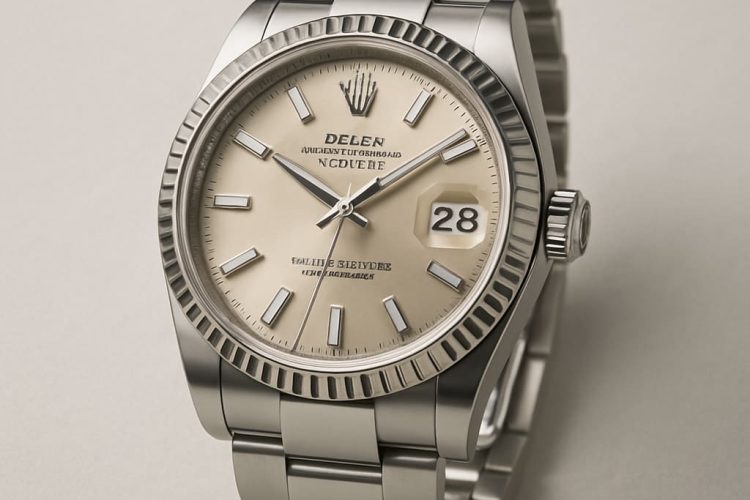In the world of luxury timepieces, few names carry as much weight as Rolex. For over a century, the brand has been synonymous with elegance, performance, and prestige. Whether on the wrist of a corporate leader, a Hollywood star, or a mountaineer scaling Everest, a Rolex doesn’t just tell time—it tells a story.
A Legacy of Innovation
The reputation of Rolex isn’t built on marketing alone. From the beginning, the company positioned itself at the forefront of watchmaking technology. In 1926, Rolex introduced the world’s first waterproof wristwatch: the Oyster. It was a revolutionary innovation that demonstrated the brand’s commitment to functionality and durability.
Rolex followed with other firsts, including the first self-winding mechanism in a wristwatch and the first watch to show two time zones at once. These inventions weren’t just about flair—they served real-world needs and set new standards across the industry.
Precision Backed by Certification
One reason Rolex is equated with reliability is its dedication to precision. Each watch undergoes a rigorous testing process and carries the Superlative Chronometer certification—an in-house standard that exceeds those of the Swiss Official Chronometer Testing Institute (COSC). This ensures that every timepiece delivers exceptional accuracy, even in the harshest environments.
Beyond that, the movements in Rolex watches are entirely manufactured in-house, allowing the brand full control over quality, design, and function. Their mechanical movements are known for their durability, longevity, and resilience to shocks and magnetic fields.
Rolex Watches as Cultural Icons
By the time mid-century rolled around, Rolex watches had become more than instruments—they were icons. Worn by James Bond in early films, sported by world leaders, and associated with record-breaking explorers, Rolex became a global emblem of success.
Even today, wearing a Rolex conveys a certain message: not just of wealth, but of refined taste, ambition, and achievement. It’s not just a watch; it’s a status symbol recognized across borders and cultures.
Mastery of Materials
Rolex doesn’t rely on outsourced materials. The brand has its own foundry to produce the gold used in many of its models. They create proprietary alloys like Rolesor (a blend of steel and gold) and Everose gold, ensuring superior aesthetics and durability.
Their stainless steel, known as Oystersteel, is particularly prized for its corrosion resistance and ability to maintain a polished finish even after years of wear. Add to that the scratch-resistant sapphire crystal, and you get a timepiece engineered for both beauty and performance.
Timeless Design With Enduring Value
Another defining feature of Rolex is its conservative design approach. The brand doesn’t chase trends. Instead, it refines and improves on its classic models over time. The Submariner, Datejust, and Daytona have all evolved subtly, maintaining their core identity while incorporating new technology and materials.
Because of this consistency and prestige, Rolex timepieces often retain or even increase in value over time. In fact, certain limited models and vintage editions are among the most sought-after collector’s items in the luxury watch market.
Conclusion
Rolex has earned its reputation not just through craftsmanship, but through a history of real-world performance and cultural relevance. It blends innovation with tradition, precision with prestige. That’s why a Rolex is more than a watch—it’s a lifelong statement of success, discipline, and excellence. When someone wears a Rolex, it’s not just about telling time; it’s about making it count.


